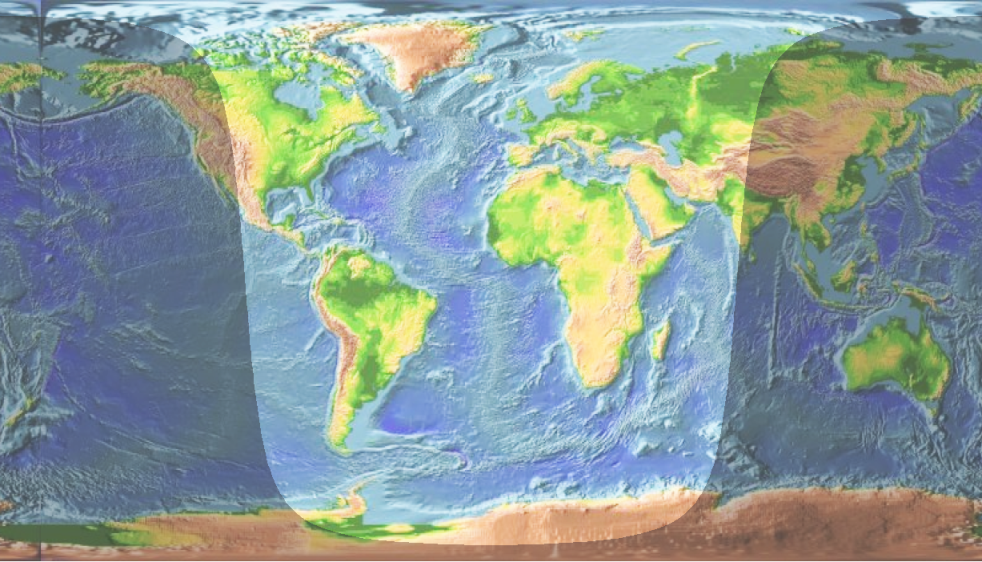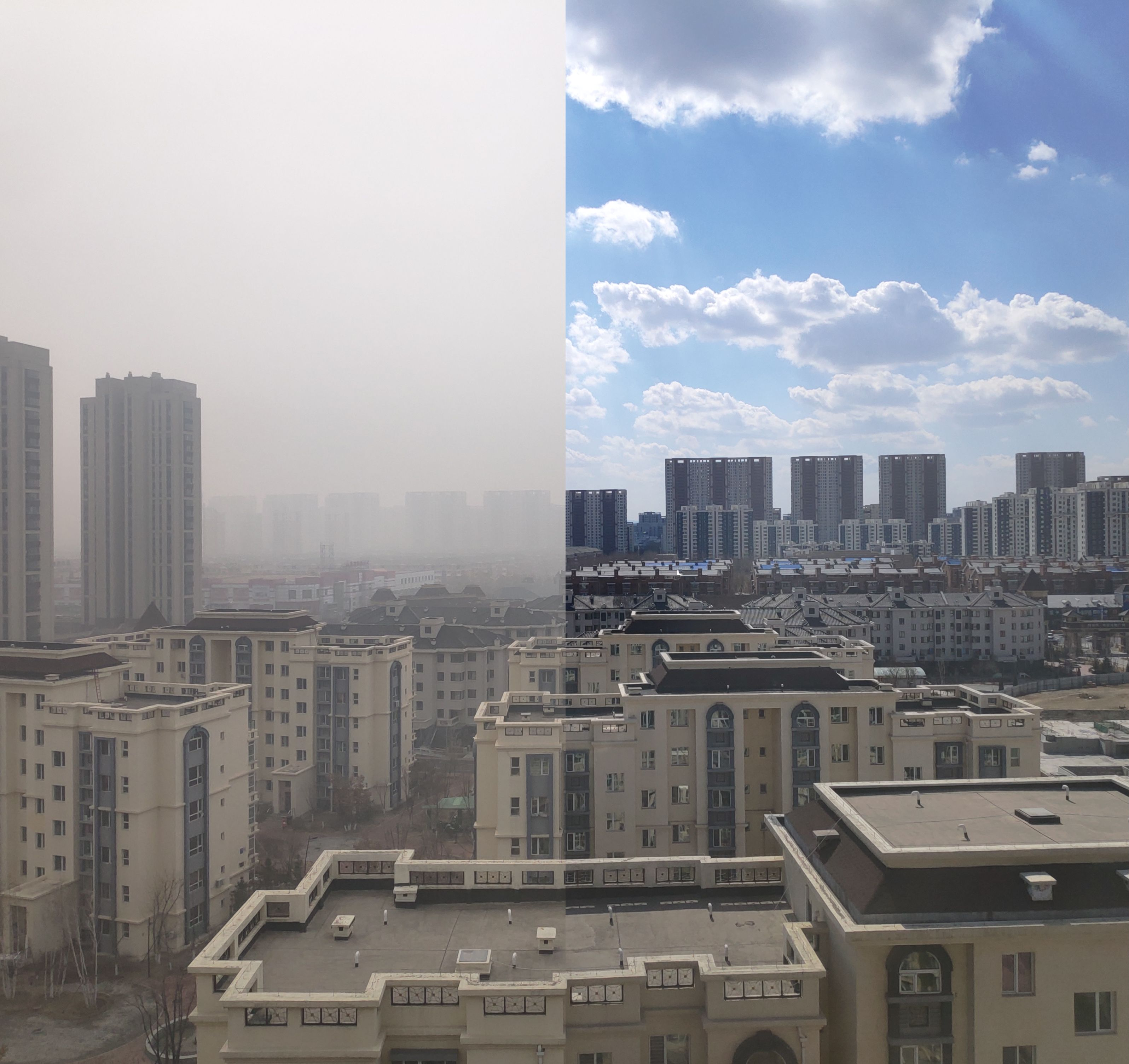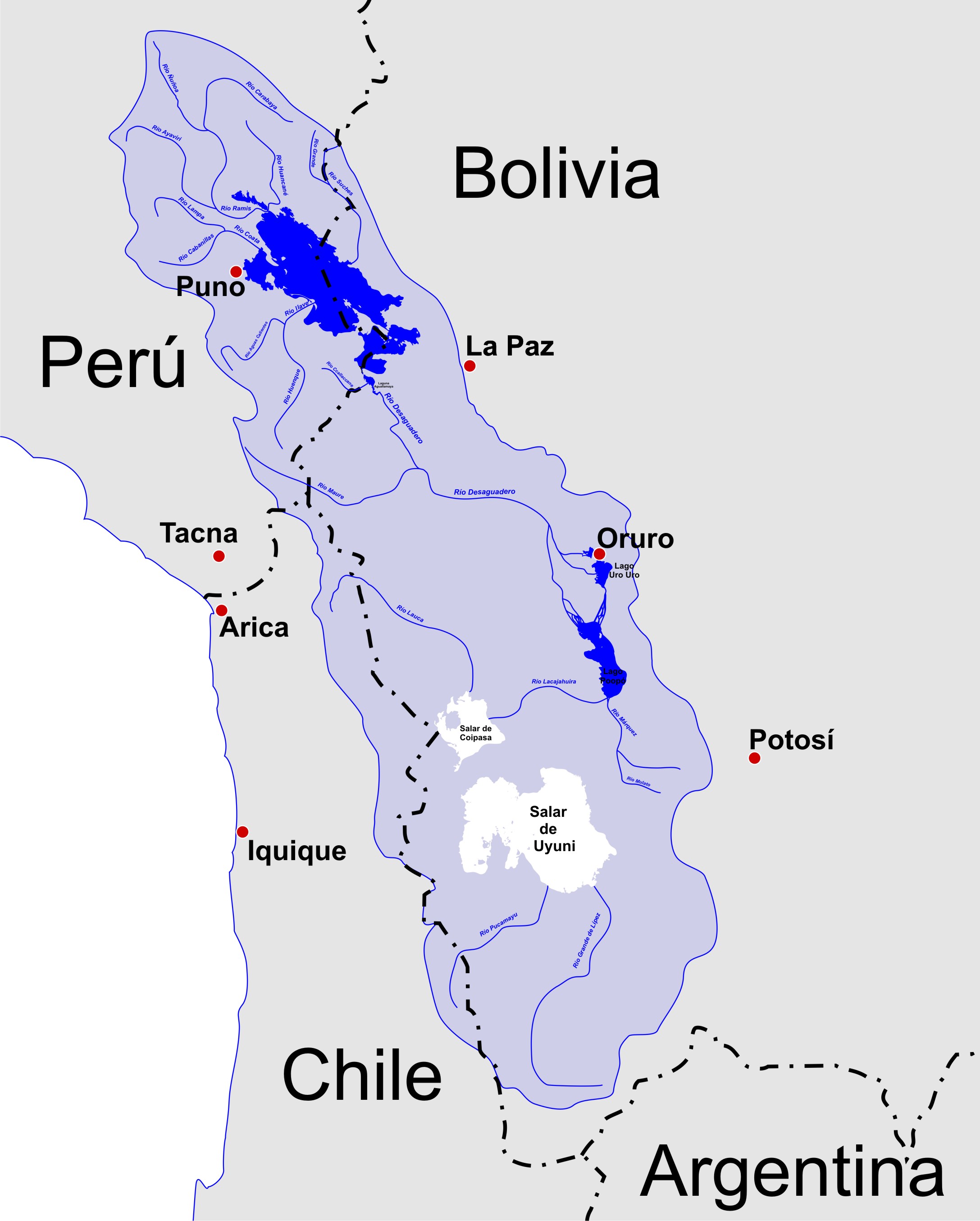|
Air Mass (solar Energy)
The air mass coefficient defines the direct optical path length through the Earth's atmosphere, expressed as a ratio relative to the path length vertically upwards, i.e. at the zenith. The air mass coefficient can be used to help characterize the solar spectrum after solar radiation has traveled through the atmosphere. The air mass coefficient is commonly used to characterize the performance of solar cells under standardized conditions, and is often referred to using the syntax "AM" followed by a number. "AM1.5" is almost universal when characterizing terrestrial power-generating panels. Description Solar radiation closely matches a black body radiator at about 5,800 K.or more precisely 5,777 K as reported iNASA Solar System Exploration - Sun: Facts & Figures retrieved 27 April 2011 "Effective Temperature ... 5777 K" As it passes through the atmosphere, sunlight is attenuated by scattering and absorption; the more atmosphere through which it passes, the greater ... [...More Info...] [...Related Items...] OR: [Wikipedia] [Google] [Baidu] |
Daylight
Daylight is the combination of all direct and indirect sunlight during the daytime. This includes direct sunlight, diffuse sky radiation, and (often) both of these reflected by Earth and terrestrial objects, like landforms and buildings. Sunlight scattered or reflected by astronomical objects is generally not considered daylight. Therefore, daylight excludes moonlight, despite it being reflected indirect sunlight. Definition Daylight is present at a particular location, to some degree, whenever the Sun is above the local horizon. (This is true for slightly more than 50% of the Earth at any given time. For an explanation of why it is not exactly half, see here). However, the outdoor illuminance can vary from 120,000 lux for direct sunlight at noon, which may cause eye pain, to less than 5 lux for thick storm clouds with the Sun at the horizon (even <1 lux for the most extreme case), which may make shadows from distant [...More Info...] [...Related Items...] OR: [Wikipedia] [Google] [Baidu] |
Optical Path Length
In optics, optical path length (OPL, denoted ''Λ'' in equations), also known as optical length or optical distance, is the product of the geometric length of the optical path followed by light and the refractive index of homogeneous medium through which a light ray propagates; for inhomogeneous optical media, the product above is generalized as a path integral as part of the ray tracing procedure. A difference in OPL between two paths is often called the optical path difference (OPD). OPL and OPD are important because they determine the phase of the light and governs interference and diffraction of light as it propagates. Formulation In a medium of constant refractive index, ''n'', the OPL for a path of geometrical length ''s'' is just :\mathrm = n s .\, If the refractive index varies along the path, the OPL is given by a line integral :\mathrm = \int_C n \mathrm d s,\quad where ''n'' is the local refractive index as a function of distance along the path ''C''. An electroma ... [...More Info...] [...Related Items...] OR: [Wikipedia] [Google] [Baidu] |
Airmass
In astronomy, air mass or airmass is a measure of the amount of air along the line of sight when observing a star or other celestial source from below Earth's atmosphere ( Green 1992). It is formulated as the integral of air density along the light ray. As it penetrates the atmosphere, light is attenuated by scattering and absorption; the thicker atmosphere through which it passes, the greater the attenuation. Consequently, celestial bodies when nearer the horizon appear less bright than when nearer the zenith. This attenuation, known as atmospheric extinction, is described quantitatively by the Beer–Lambert law. "Air mass" normally indicates ''relative air mass'', the ratio of absolute air masses (as defined above) at oblique incidence relative to that at zenith. So, by definition, the relative air mass at the zenith is 1. Air mass increases as the angle between the source and the zenith increases, reaching a value of approximately 38 at the horizon. Air mass can be less than ... [...More Info...] [...Related Items...] OR: [Wikipedia] [Google] [Baidu] |
Temperature Inversion
In meteorology, an inversion is a deviation from the normal change of an atmospheric property with altitude. It almost always refers to an inversion of the air temperature lapse rate, in which case it is called a temperature inversion. Normally, air temperature decreases with an increase in altitude, but during an inversion warmer air is held above cooler air. An inversion traps air pollution, such as smog, close to the ground. An inversion can also suppress convection by acting as a "cap". If this cap is broken for any of several reasons, convection of any moisture present can then erupt into violent thunderstorms. Temperature inversion can notoriously result in freezing rain in cold climates. Normal atmospheric conditions Usually, within the lower atmosphere (the troposphere) the air near the surface of the Earth is warmer than the air above it, largely because the atmosphere is heated from below as solar radiation warms the Earth's surface, which in turn then warms the ... [...More Info...] [...Related Items...] OR: [Wikipedia] [Google] [Baidu] |
Photochemical Smog
Smog, or smoke fog, is a type of intense air pollution. The word "smog" was coined in the early 20th century, and is a portmanteau of the words ''smoke'' and ''fog'' to refer to smoky fog due to its opacity, and odor. The word was then intended to refer to what was sometimes known as pea soup fog, a familiar and serious problem in London from the 19th century to the mid-20th century. This kind of visible air pollution is composed of nitrogen oxides, sulfur oxide, ozone, smoke and other particulates. Man-made smog is derived from coal combustion emissions, vehicular emissions, industrial emissions, forest and agricultural fires and photochemical reactions of these emissions. Smog is often categorized as being either summer smog or winter smog. Summer smog is primarily associated with the photochemical formation of ozone. During the summer season when the temperatures are warmer and there is more sunlight present, photochemical smog is the dominant type of smog formation. Duri ... [...More Info...] [...Related Items...] OR: [Wikipedia] [Google] [Baidu] |
International Institute For Environment And Development
International is an adjective (also used as a noun) meaning "between nations". International may also refer to: Music Albums * ''International'' (Kevin Michael album), 2011 * ''International'' (New Order album), 2002 * ''International'' (The Three Degrees album), 1975 *''International'', 2018 album by L'Algérino Songs * The Internationale, the left-wing anthem * "International" (Chase & Status song), 2014 * "International", by Adventures in Stereo from ''Monomania'', 2000 * "International", by Brass Construction from ''Renegades'', 1984 * "International", by Thomas Leer from ''The Scale of Ten'', 1985 * "International", by Kevin Michael from ''International'' (Kevin Michael album), 2011 * "International", by McGuinness Flint from ''McGuinness Flint'', 1970 * "International", by Orchestral Manoeuvres in the Dark from '' Dazzle Ships'', 1983 * "International (Serious)", by Estelle from '' All of Me'', 2012 Politics * Political international, any transnational organization of ... [...More Info...] [...Related Items...] OR: [Wikipedia] [Google] [Baidu] |
Altiplano
The Altiplano (Spanish for "high plain"), Collao (Quechua and Aymara: Qullaw, meaning "place of the Qulla") or Andean Plateau, in west-central South America, is the most extensive high plateau on Earth outside Tibet. The plateau is located at the latitude of the widest part of the north-south-trending Andes. The bulk of the Altiplano lies in Bolivia, but its northern parts lie in Peru, and its southwestern fringes lie in Chile. There are on the plateau several cities in each of these three nations, including El Alto, La Paz, Oruro, and Puno. The northeastern part of the Altiplano is more humid than the southwestern part, which has several salares (salt flats), due to its aridity. At the Bolivia–Peru border lies Lake Titicaca, the largest lake in South America. Farther south, in Bolivia, there was until recently a lake, Lake Poopó, but by December 2015 it had completely dried up, and was declared defunct. It is unclear whether that lake, which had been the second-largest in ... [...More Info...] [...Related Items...] OR: [Wikipedia] [Google] [Baidu] |
Solar Intensity
Solar may refer to: Astronomy * Of or relating to the Sun ** Solar telescope, a special purpose telescope used to observe the Sun ** A device that utilizes solar energy (e.g. "solar panels") ** Solar calendar, a calendar whose dates indicate the position of the Earth on its revolution around the Sun * Solar Maximum Mission, a satellite * SOLAR (ISS), an observatory on International Space Station Music * "Solar" (composition), attributed to Miles Davis * ''Solar'' (Red Garland album), 1962 * ''Solar'' (Taeyang album), 2010 * ''Solar'', a 2011 album by Rubik * "Solar", a song by Northlane from ''Mesmer'', 2017 * SOLAR Records, a record label Geography * Solar (Spanish term), a type of urban site * Solar, County Antrim, Northern Ireland, United Kingdom * Solar, Erode, India * Solar, Iran, Iran Companies * Solar Entertainment Corporation, a Philippines television and radio media company * Solar TV, a former TV channel * Solar Television Network, Inc., a former name of ... [...More Info...] [...Related Items...] OR: [Wikipedia] [Google] [Baidu] |
SMARTS (The Simple Model Of The Atmospheric Radiative Transfer Of Sunshine)
The Simple Model of the Atmospheric Radiative Transfer of Sunshine (SMARTS) is a computer program designed to evaluate the surface solar irradiance components in the shortwave spectrum (spectral range 280 to 4000 nm) under cloudless conditions. The program, written in FORTRAN, relies on simplifications of the equation of radiative transfer to allow extremely fast calculations of the surface irradiance. The irradiance components can be incident on a horizontal, a fixed-tilt or a 2-axis tracking surface. SMARTS can be used for example to evaluate the energy production of solar panels under variable atmospheric conditions. Many other applications are possible. History The first versions of SMARTS were developed by Dr. Gueymard while he was at the Florida Solar Energy Center. The model employed a structure similar to the earlier SPCTRAL2 model, still offered bthe National Renewable Energy Laboratory(NREL), but with finer spectral resolution, as well as updated extraterrestrial spe ... [...More Info...] [...Related Items...] OR: [Wikipedia] [Google] [Baidu] |
Temperate
In geography, the temperate climates of Earth occur in the middle latitudes (23.5° to 66.5° N/S of Equator), which span between the tropics and the polar regions of Earth. These zones generally have wider temperature ranges throughout the year and more distinct seasonal changes compared to tropical climates, where such variations are often small and usually only have precipitation changes. In temperate climates, not only do latitudinal positions influence temperature changes, but sea currents, prevailing wind direction, continentality (how large a landmass is) and altitude also shape temperate climates. The Köppen climate classification defines a climate as "temperate" C, when the mean temperature is above but below in the coldest month to account for the persistency of frost. However, other climate classifications set the minimum at . Zones and climates The north temperate zone extends from the Tropic of Cancer (approximately 23.5° north latitude) to the Arctic ... [...More Info...] [...Related Items...] OR: [Wikipedia] [Google] [Baidu] |
Tropical
The tropics are the regions of Earth surrounding the Equator. They are defined in latitude by the Tropic of Cancer in the Northern Hemisphere at N and the Tropic of Capricorn in the Southern Hemisphere at S. The tropics are also referred to as the tropical zone and the torrid zone (see geographical zone). In terms of climate, the tropics receive sunlight that is more direct than the rest of Earth and are generally hotter and wetter as they aren't affected as much by the solar seasons. The word "tropical" sometimes refers to this sort of climate in the zone rather than to the geographical zone itself. The tropical zone includes deserts and snow-capped mountains, which are not tropical in the climatic sense. The tropics are distinguished from the other climatic and biomatic regions of Earth, which are the middle latitudes and the polar regions on either side of the equatorial zone. The tropics constitute 40% of Earth's surface area and contain 36% of Earth's landmass. , the ... [...More Info...] [...Related Items...] OR: [Wikipedia] [Google] [Baidu] |







